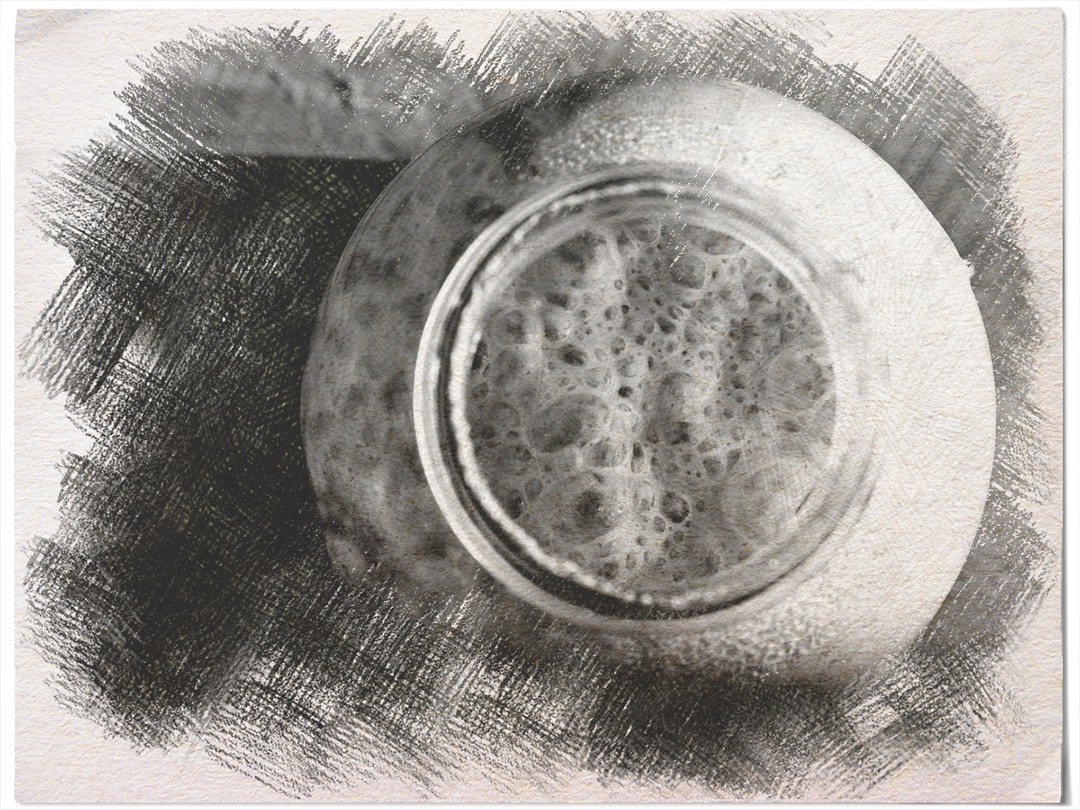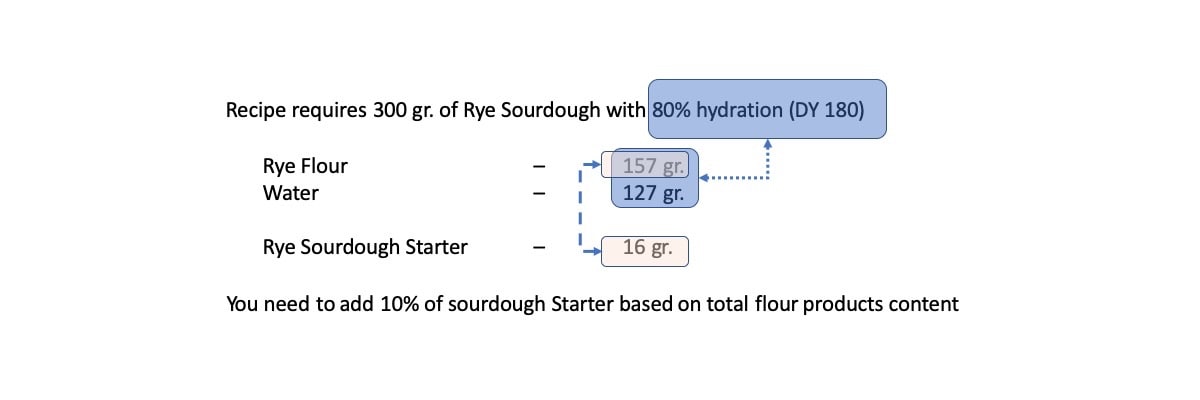Preparing my Sourdough

What does it mean to prepare sourdough. When you read recipes, it is sometimes a little confusing as to what is meant by sourdough as ingredient, what kind it is and how much to take. For each recipe you will need to first prepare your sourdough most of the time a day in advance by mixing your sourdough starter using a primer (usually you have that one in the fridge) with flour and water. The flour should be the same as what was used for the primer.
Next you would need to decide which sourdough type you want to be using and you will need to make sure you have the right mixing ratio of sourdough starter and sourdough main ingredients.
There are a variety of sourdough types in use, some more complex than others. These sourdough types are based around sourdough management techniques which you may have heard of.
- Berlin Single-Step-Sour – a short, single step sourdough management technique developed using about 20% starter
- Detmold Single-Step-Sour – a short, single step sourdough management technique developed using about 10% starter
- Weinheim Single-Step-Sour – an optimized version of the Detmold single-step sourdough management technique
- Mohneim Salt-Sour – a single step sourdough management technique using salt, higher temperatures and 20% starter
- Detmold Dual-Step-Sour – a dual step sourdough management technique for longer, overnight development
- Classical Triple-Step-Sour – a triple step sourdough management technique requiring several days to produce a usable sourdough
You can click on the links above to get more details on each management technique. Some of our recipes make use of the Weinheim Single Step method in which case you will need to add 10% of sourdough starter based on the total flour products volume. Here is an example of a rye only bread where the recipe requires you to provide 300 gr. of rye sourdough with a DY of 180.

10% based on 157 gr. of Rye flour in this case equates to 16 gr. of Sourdough Starter. Usually you will then need to let it rest for about 16-20 hours starting at 28oC, letting it go down to room temperature (23oC) for the sourdough to get ready for usage. But keep an eye on the pH value of the dough. Letting it go for too long will lower the pH even more and the dough will become too sour. Try staying above a pH value of 4.3 will make sure the bread doesn’t end up too sour.
If you have a recipe that is a mix of rye and wheat, rye and spelt or any other rye mix, simply add all the flour components together and base you 10% starter requirements on the result.
One thing to remember though that these sourdough management techniques are based on rye sourdough and are used for all breads that have a rye component in them. If you want to make a wheat sourdough bread, you’ll have to resort to wheat sourdough, which are managed differently to rye sourdoughs. Following is a detailed overview list of the above mentioned sourdough management methods and their differences.

So which one of these techniques is the best to use? All of them, provided you have the time and patience to use your chosen one. The multi step management techniques are more involved, take more time and you need to be more accurate. Once you master them though, you can vary the flavor and acidity of your baked goods to your liking. The single step techniques have been developed to simplify the process and provide you with good results in the shortest time possible. It is really up to you which one you will settle on because each one of them will give their own, individual result.
